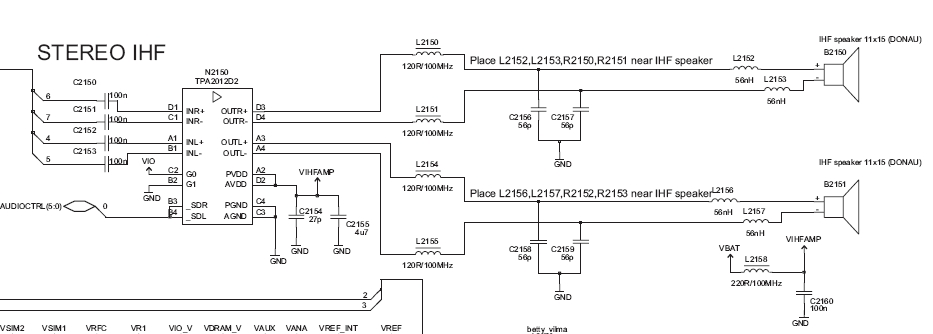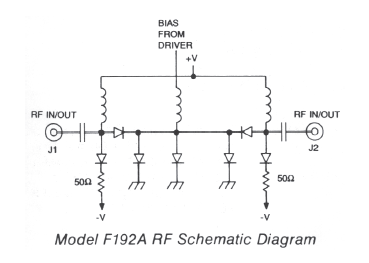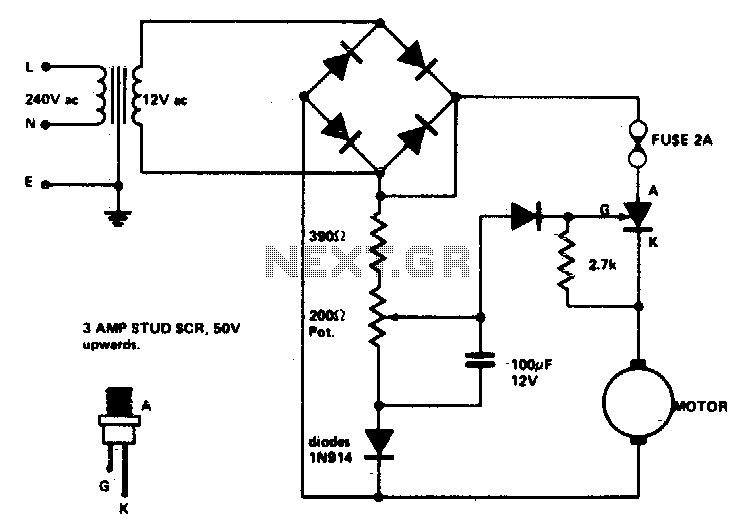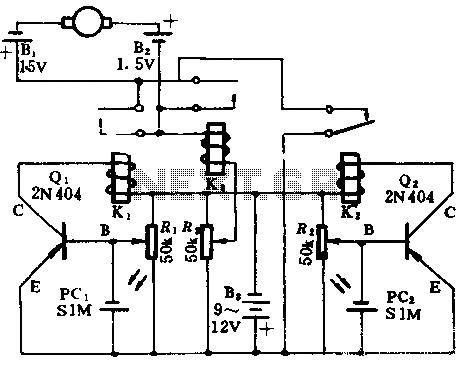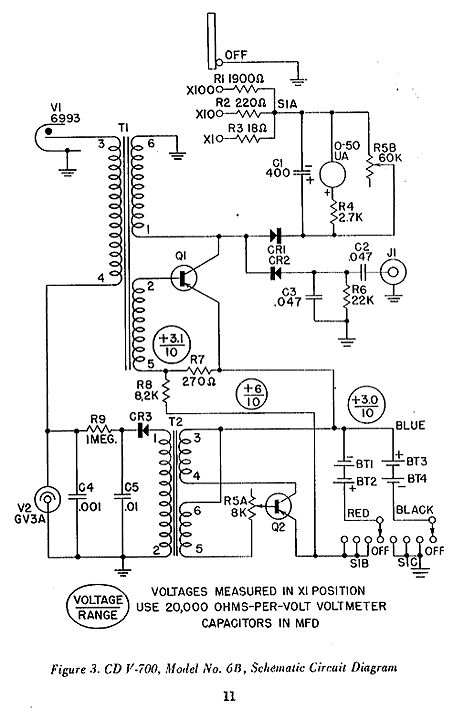
PET Repair Model 4016
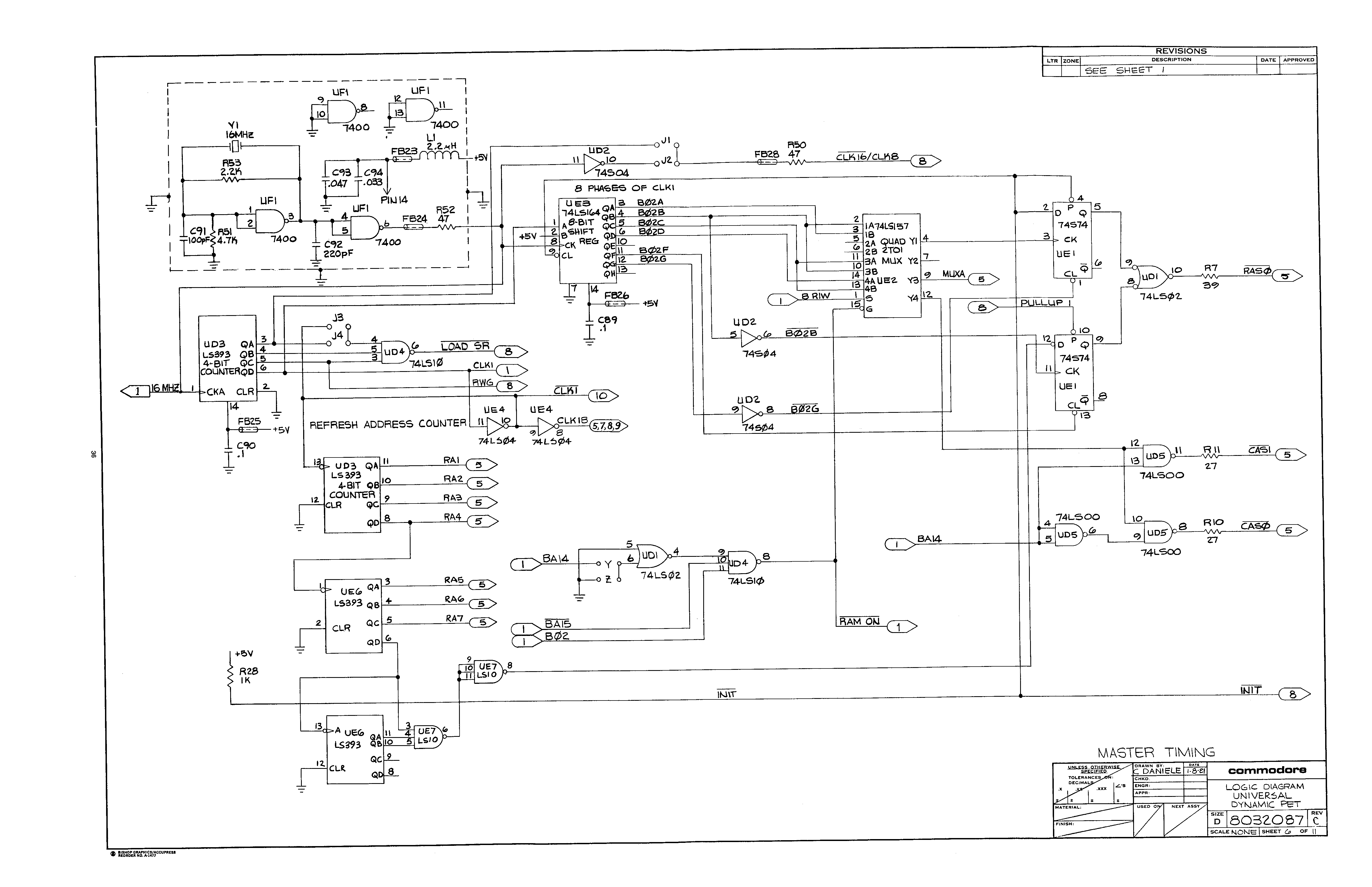
The individual owns three metal case PET computers: a functioning 8032 that was restored about a year ago, a non-functional 8032, and a non-functional 4016. They are motivated to begin repairs on these devices, particularly the 4016, after discovering the "No PETS Allowed" demo, which piqued their interest. They recognize the need for 32K of RAM for the demo and are looking for guidance in the repair process. Although they have some background in electronics, their skills are rusty, particularly in circuit tracing, but they are confident in their soldering abilities. They have found an informative online forum and have joined to seek advice, marking their first post.
The PET (Personal Electronic Transactor) series, particularly the 8032 and 4016 models, are notable for their robust design and vintage appeal. The 8032 model features a MOS Technology 6502 microprocessor and is equipped with a BASIC interpreter, making it a versatile platform for various applications, including programming and gaming. The restoration of the 8032 involved physical maintenance, which likely included cleaning, replacing worn components, and ensuring that the power supply is functioning correctly. The mention of a tube suggests that the display may require a CRT replacement or repair.
The 4016 model, on the other hand, is less common and may present unique challenges. The "No PETS Allowed" demo is a program that showcases the capabilities of the PET series, and the requirement for 32K of RAM indicates that the 4016 may need memory upgrades to run this software effectively. This upgrade may involve locating compatible RAM chips, desoldering old components, and soldering in new ones, which aligns with the individual's confidence in their soldering skills.
For circuit tracing, it is advisable to utilize a multimeter to check for continuity and to identify faulty components. A basic understanding of the PET's schematic diagram will be beneficial in locating specific circuits and understanding their functions. Resources such as service manuals, online forums, and community groups can provide invaluable support and information on common issues and solutions encountered with these vintage computers.
Engaging with knowledgeable individuals in the online forum can facilitate learning and provide guidance on troubleshooting techniques, component sourcing, and repair strategies. The community aspect of these forums can also enhance the repair experience, as sharing progress and challenges may lead to collaborative problem-solving. Overall, embarking on the restoration of vintage PET computers can be a rewarding endeavor, merging historical technology with hands-on electronics skills.I currently own 3 metal case PETs, a working 8032 that I restored about a year ago (was working, just needed physical TLC, and still needs a tube), another 8032 that has never worked, and a 4016 that has never worked. I finally got the bug to start working on them. I`m excited about the 4016, because I just stumbled into the "No PETS Allowed" demo, which I thought was fantastic,
and I wanted to see it for myself on a real PET. I understand that I need 32K of RAM, but maybe that will come later. It at least motivated me to get out the old 4016 and start working on it. So I`m in need of some direction. I have some electronics background, but my skills are pretty stale, and I don`t have huge confidence in my circuit tracing skills. I can solder like nobody`s business though! I was searching online, and I found this awesome forum. I was thrilled that there`s such knowledgeable people online. I`ve read several threads, and found the information fascinating. So I joined up and here`s my first post! 🔗 External reference
The PET (Personal Electronic Transactor) series, particularly the 8032 and 4016 models, are notable for their robust design and vintage appeal. The 8032 model features a MOS Technology 6502 microprocessor and is equipped with a BASIC interpreter, making it a versatile platform for various applications, including programming and gaming. The restoration of the 8032 involved physical maintenance, which likely included cleaning, replacing worn components, and ensuring that the power supply is functioning correctly. The mention of a tube suggests that the display may require a CRT replacement or repair.
The 4016 model, on the other hand, is less common and may present unique challenges. The "No PETS Allowed" demo is a program that showcases the capabilities of the PET series, and the requirement for 32K of RAM indicates that the 4016 may need memory upgrades to run this software effectively. This upgrade may involve locating compatible RAM chips, desoldering old components, and soldering in new ones, which aligns with the individual's confidence in their soldering skills.
For circuit tracing, it is advisable to utilize a multimeter to check for continuity and to identify faulty components. A basic understanding of the PET's schematic diagram will be beneficial in locating specific circuits and understanding their functions. Resources such as service manuals, online forums, and community groups can provide invaluable support and information on common issues and solutions encountered with these vintage computers.
Engaging with knowledgeable individuals in the online forum can facilitate learning and provide guidance on troubleshooting techniques, component sourcing, and repair strategies. The community aspect of these forums can also enhance the repair experience, as sharing progress and challenges may lead to collaborative problem-solving. Overall, embarking on the restoration of vintage PET computers can be a rewarding endeavor, merging historical technology with hands-on electronics skills.I currently own 3 metal case PETs, a working 8032 that I restored about a year ago (was working, just needed physical TLC, and still needs a tube), another 8032 that has never worked, and a 4016 that has never worked. I finally got the bug to start working on them. I`m excited about the 4016, because I just stumbled into the "No PETS Allowed" demo, which I thought was fantastic,
and I wanted to see it for myself on a real PET. I understand that I need 32K of RAM, but maybe that will come later. It at least motivated me to get out the old 4016 and start working on it. So I`m in need of some direction. I have some electronics background, but my skills are pretty stale, and I don`t have huge confidence in my circuit tracing skills. I can solder like nobody`s business though! I was searching online, and I found this awesome forum. I was thrilled that there`s such knowledgeable people online. I`ve read several threads, and found the information fascinating. So I joined up and here`s my first post! 🔗 External reference
